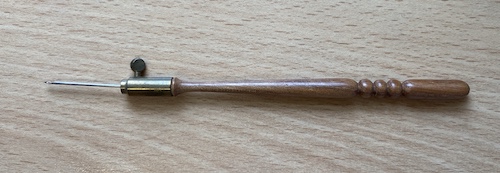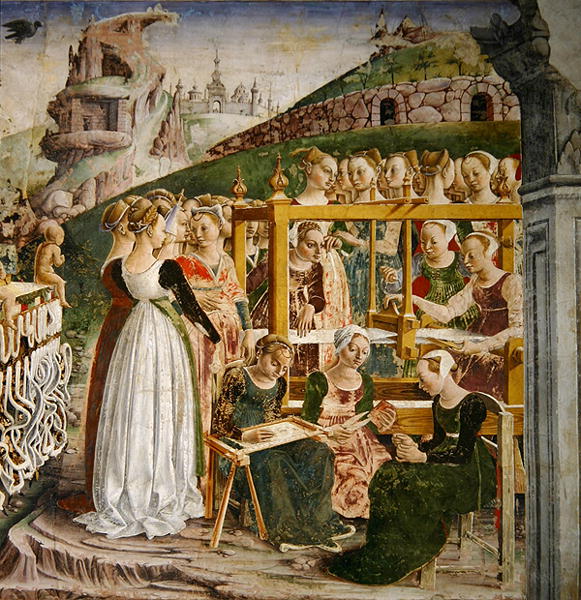- Home
- What do I need?
- How-to-use-embroidery Hoops
- When were embroidery hoops invented?
When were embroidery hoops invented?
by Cheryl Kinkaid
(Vancouver, BC, Canada)
I'm watching a show on Edwardians and the ladies were stitching without hoops. I was wondering when hoops were invented. I would have assumed a long time before the 1900s.
Comments for When were embroidery hoops invented?
|
||
|
||
Stay connected between projects
If you’d like occasional updates from my embroidery room, including new patterns, gentle tips, and little things I think you might enjoy, you’re warmly invited to join the Stitchin’ Times newsletter.
No pressure. Just a friendly note now and then to keep you inspired.

